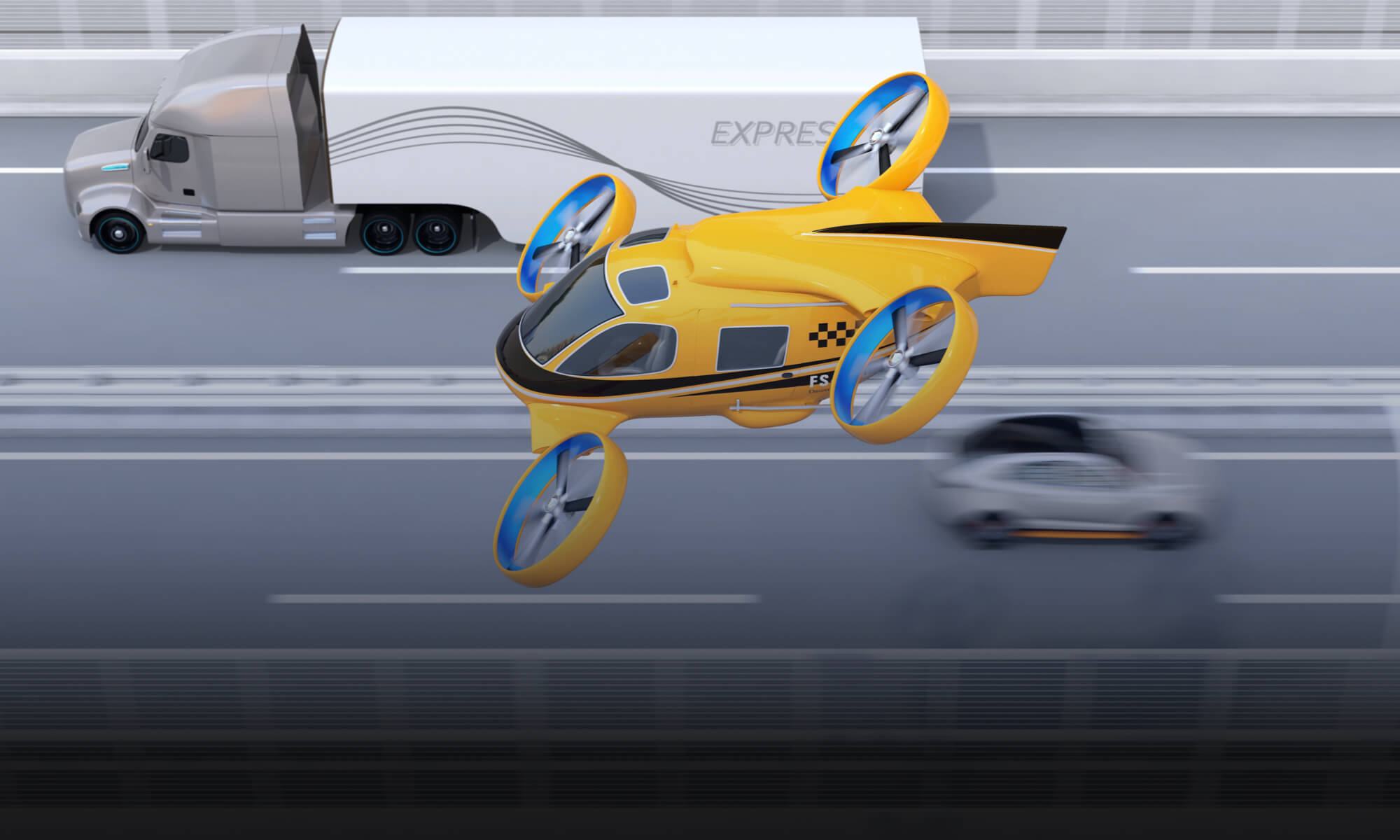
While still early in development, the flexibility and speed of nascent drone taxi services could redefine how we live and move in our daily lives. Passenger drone will require a fraction the capital costs to provide superior accessibility will greatly expand the feasible commutable area for the country’s metros.
Today, new rail or road infrastructure can cost hundreds of millions of dollars per mile. Drones, on the other hand, will only require a comparatively affordable heliport, providing valuable connections to employment for currently isolated communities. Furthermore, vehicles speed, and ability to fly directly between destinations will greatly expand the geographic area one can live in, yet still make it commutable to employment centers.
Based upon the incredible potential of electric passenger drones, INRIX Research sought to identify existing corridors where high volumes of long-distance commuters could provide sufficient demand for launching this service. Using INRIX anonymous commute trip behavior, INRIX found where demand is both the highest and where the service could provide the greatest time savings in Atlanta, Austin, Boston, and San Francisco. To download our free full study, go here.




